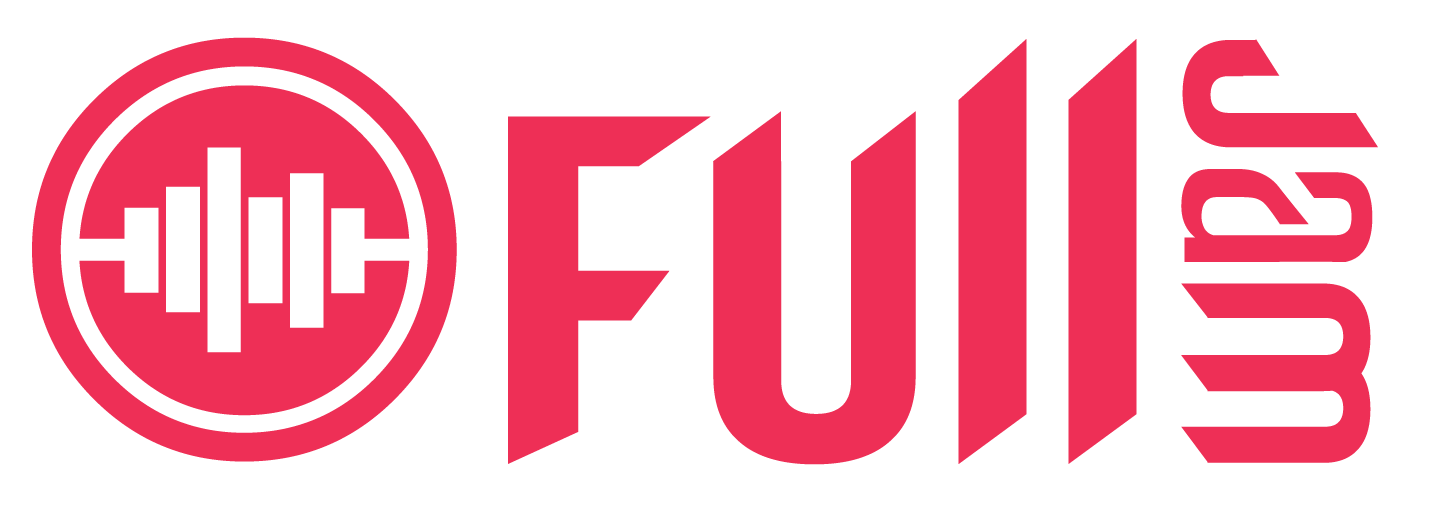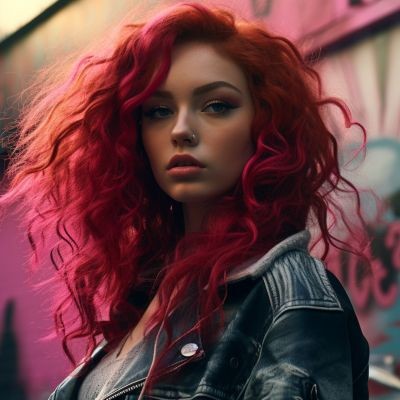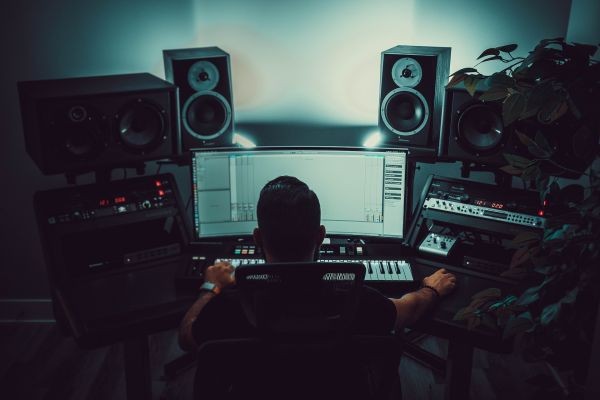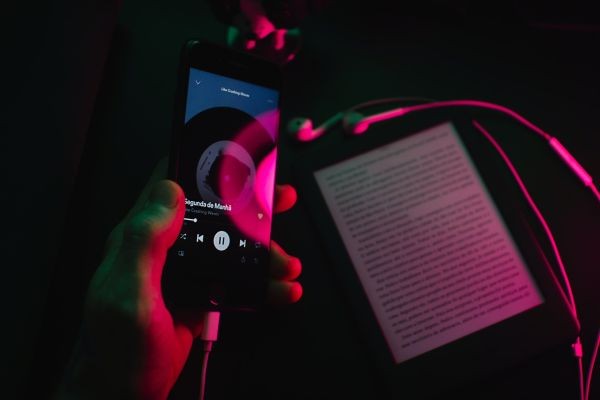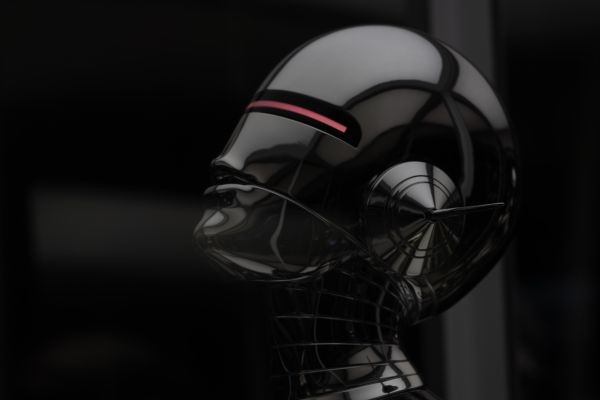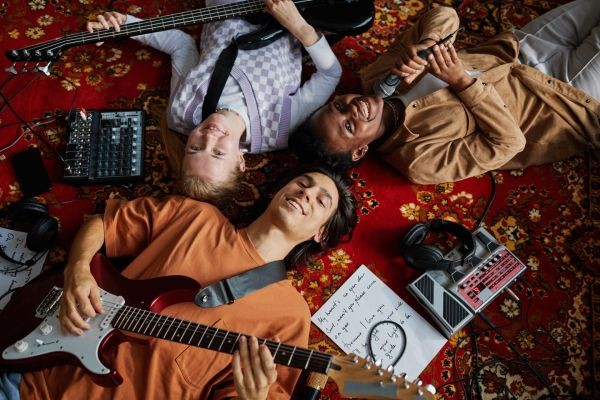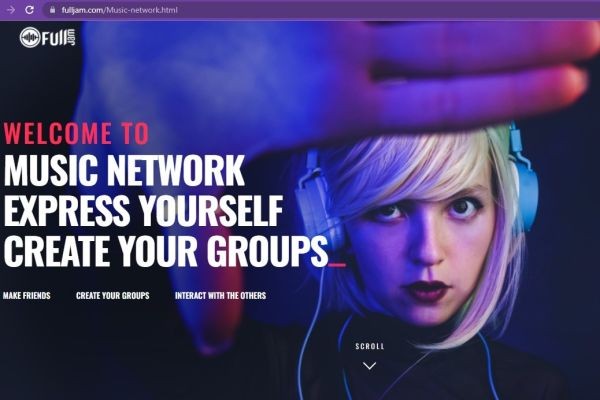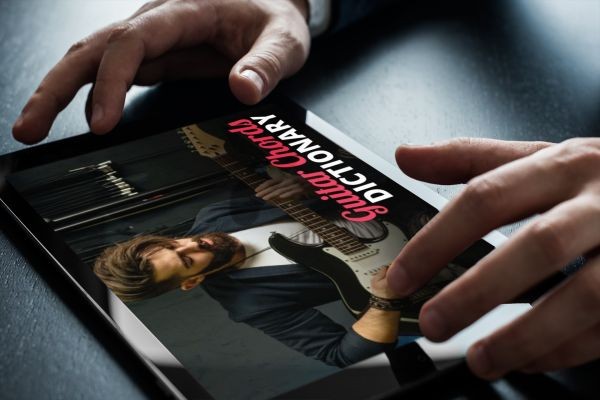Sync licensing lets artists earn big by placing music in TV, film, ads, and games. This guide covers payouts, rights, pitching strategies, and how to make your music sync-ready and supervisor-friendly..
07/16/25 • 94 Views
By Manuela Bittencourt
Ever wonder how your favorite indie song ended up in a Netflix show – or how a 10–second clip in a commercial paid someone’s rent for six months? That’s the power of sync licensing, one of the most artist-friendly income streams in the music business.
What is Sync Licensing?
“Sync” stands for synchronization – it is the right to use your music in sync with visuals. That includes:
- TV Shows & Films
- Ads & Commercials
- Video Games
- Trailers
A sync license allows the user to pair your recording with their visual content – and they pay you for that right. However, if you have a record label, manager, publisher, or other team members involved, that payment will usually be split according to your agreements—so you may not receive the full amount directly.
Why It's a Goldmine:
- Big upfront payments
Depending on the usage (how much time of the recording is used and how many times) and your level of recognition, sync fees can range from $500 to $500,000 (or more). Even smaller indie placements pay in the thousands.
The amount you earn from synch deals depends on a couple of factors:
- Popularity of the song and the artist: well-known songs and artists tend to get higher fees and royalties.
- Prominence of the song in the visual media: “songs that play during pivotal scenes, emotional moments, or in trailers tend to command higher fees than background tracks.
- Budget of the production: major motion pictures and high-budget commercials tend to pay more than independent films or low-budget productions.
- Type of deal: exclusive rights (e.g., for a specific industry and time period) can result in much higher fees than non-exclusive rights.
Quick Explanation:
Exclusive vs. Non-Exclusive Rights
When licensing your music, you will negotiate the type of sync deal, which impacts your payout and how your song can be used going forward:
- Non-Exclusive Rights: The most common type. You can license the same song to multiple companies, shows, or platforms at once. For example, your track could appear in a Netflix series and a YouTube ad and a video game. The usage is typically for a specific purpose, project, and time frame—but you keep the freedom to license it again.
- Exclusive Rights: The company pays for the exclusive use of your song—either in a general sense or within a specific industry or time period. For instance, a car brand might want to use your song in an ad and ensure a competing auto company can’t use it. Because exclusivity limits your ability to re-license the track elsewhere, these deals often come with significantly higher fees.
Bonus Tip: If your song gets synced in user-generated content on YouTube, you can earn revenue via Content ID. This automatically tracks and monetizes videos that use your music—especially powerful for viral clips or influencer campaigns.
- You keep your rights
Unlike signing a record deal, licensing your song for a movie, for example, does not mean you give up ownership. You’re renting it out – not selling it.
- Royalties on top
Sync deals don’t stop at the upfront payment—you can also earn ongoing income. Every time the synced content airs on TV, streams online, or plays in public, you’re entitled to performance royalties. These are paid out by Performing Rights Organizations (PROs) like ASCAP, BMI, or SESAC in the U.S., and can add up significantly over time.
- Exposure to new consumers
A strong sync placement can catapult an unknown artist into the spotlight overnight. Think Gotye’s “Somebody That I Used to Know” in Grey’s Anatomy, which helped the track explode in the U.S. before it became a global hit. That exposure can lead to more streams, downloads, and fans—translating into mechanical royalties (for each stream/download) and performance royalties (for public play – streams also count as performance royalties).
So, What Steps Do You Need to Take to Pitch Your Music For Sync?
1. Register your music properly
Make sure your tracks are registered with a performing rights organization (PRO), and that you own (or can clear) both the master and the publishing rights. You must own or control both the master rights (the actual recording) and publishing rights (the underlying composition). If you worked with a producer, co-writer, or label, make sure all parties have cleared their share—or it can delay or block the deal.
2. Make clean metadata
Beyond contact info, always tag your track with:
- Mood keywords (e.g., hopeful, tense, dreamy, uplifting)
- Genres + Subgenres (e.g., indie pop, alt rock, lo-fi hip hop)
- Similar artists (e.g., “sounds like Phoebe Bridgers”)
This helps music supervisors find your track faster when searching libraries.
3. Build relationships with music supervisors
They’re the gatekeepers. Follow them on LinkedIn, Instagram, or attend sync-specific industry events (like SyncSummit or virtual webinars).
4. Consider sync libraries & agents
Sites like Musicbed, Artlist, Songtradr, and Pond5 help indie artists license music directly. Some sync agents also pitch songs for a cut of the fee.
5. Make instrumental versions
Supervisors love flexibility. Always export clean versions, instrumentals, and stems to increase your chances of getting picked.
6. Make Your Music Easy to Clear
If your song has:
- No uncleared samples
- No co-writers without signed agreements
- No label or publisher complications
…then it’s sync-friendly. Music supervisors move fast, and if there's any legal complexity, they’ll just skip to the next track.
Tip: Use a split sheet whenever collaborating, even casually. It makes clearance 100x easier later.
7. Watch Trends in Sync Use
Stay aware of sync trends:
- Retro revivals (’80s/’90s sounds are hot)
- Bedroom pop & lo-fi for indie films and YouTube content
- Genre fusions like trap + orchestral or Latin + EDM
Platforms like Tunefind (tracks in shows/movies) and Ads of the World can help you study what styles are getting placed now.
8. Build a Small, Sync-Ready Catalog
If you only have one or two songs, you’re less likely to land consistent syncs. Start building a small but diverse catalog of 5–10 sync-friendly tracks that show range and emotional flexibility.
9. Network with Indie Filmmakers, Not Just Supervisors
Indie directors, editors, and student filmmakers are often looking for affordable or free music. These early connections can:
- Get you your first sync credits
- Lead to long-term collaborations
- Help you build a sync reel to pitch later
Tip: Offer tracks for free to film school projects in exchange for usage rights and credit.
Who to Contact:
- Music supervisors – For direct syncs
- Sync agents or licensing reps – They pitch on your behalf
- Music libraries – Platforms that connect creators with buyers
- Ad agencies or film producers – Sometimes they handle music in-house
How to Reach Out to Music Supervisors?
Pitching your music to a music supervisor, sync rep, or licensing company is part art, part strategy. These professionals are flooded with submissions, so how you present yourself matters just as much as the track you’re sending.
- Be Clear in Your Subject Line
Your subject line is the first thing they'll see — and often the last if it's generic or vague. Avoid things like “New music submission” or “Check out my latest track.” Instead, be specific and immediately communicate the vibe of your music and what it’s suited for.
Example:
- “Upbeat indie pop perfect for youth brand ads”
- “Eerie ambient score for horror trailers”
These instantly tell the supervisor what kind of project your song might work for — and that you’ve done your homework.
- Start Strong and Keep It Brief
Don’t write a life story. Supervisors want to know what you're offering and how it could be useful to them — fast. Lead with the essentials.
Better opening:
Hi [Name], I produce moody, piano-driven instrumentals and thought these might work for your upcoming film work. Here are three recent tracks I’d love for you to check out.
Less effective:
Hey, my name’s Alex. I’ve been making music for 12 years and finally feel ready to pitch my stuff. Let me know what you think of my new album.
The first is direct and focused on the recipient. The second is all about the sender — and too long-winded.
- Use One Link, No Attachments
Music supervisors don’t want to download large files or click through scattered links. Give them one clean streaming link where they can preview everything easily.
Try:
- Private SoundCloud playlist
- A DISCO link with proper metadata
- A Box or Dropbox folder with streaming enabled
Include a quick sentence like:
Here’s a short playlist of tracks that might fit some of your projects: [link]
That’s all you need — they’ll ask for stems or more if they’re interested.
- Wrap it Up with a Simple Call to Action
There’s no need to ask for feedback or beg for a placement. Keep your closing line professional and low-pressure.
Try:
Let me know if these tracks feel like a match. I’d be happy to send more if you’re open to it.
End with a thank you, and include your name and contact info.
Pro Tip: If you know what projects they’ve worked on before, tailor your message to reflect that. Even a line like “I loved your work on [show name]” shows you’ve done your homework — and that you’re reaching out intentionally, not just spamming a list.
Final Thoughts
If your song fits a mood, a scene, or a brand—there’s a sync placement out there waiting. Start registering your music, clean up your metadata, and start building those connections. You don’t need a label to land your first sync—you just need a great track and a plan.
